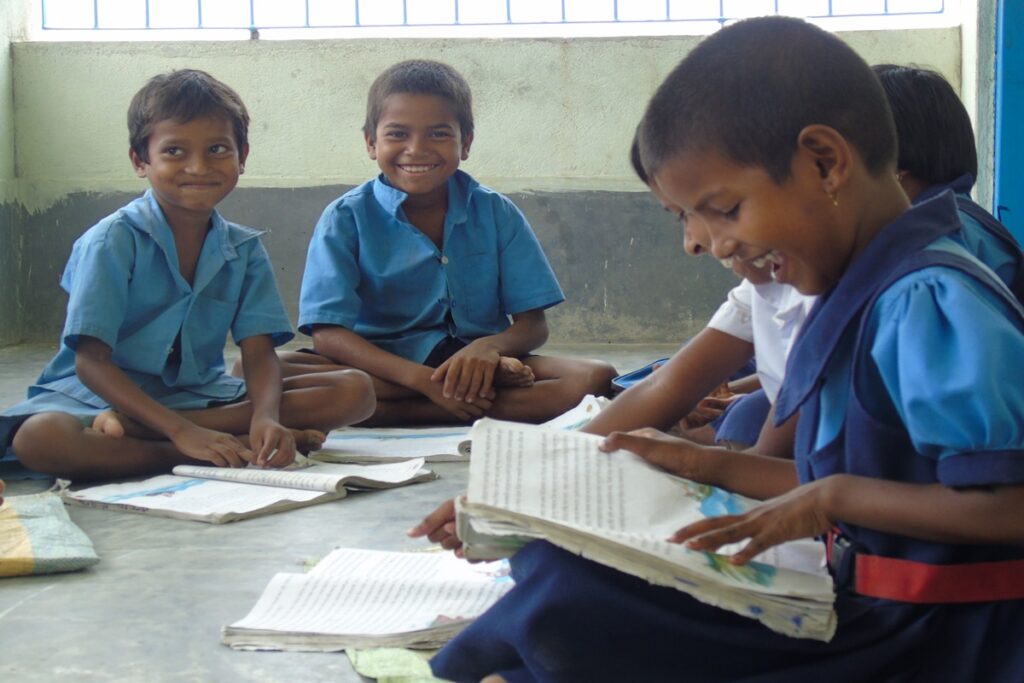
Meaningful Ways to Donate & Support Children This Christmas
Christmas is the season of joy, celebration, and togetherness. It’s also a time to reflect on the spirit of giving and share our blessings with tho....
Read MoreSTEM learning, which focuses on science, technology, engineering, and mathematics, is essential in today's world. Introducing STEM activities to children in underserved communities can give them a strong foundation and confidence for the future.

STEM activities for kids involve hands-on learning methods that focus on real-world applications of science, technology, engineering, and math. These activities encourage children to explore, experiment, and engage in problem-solving. They are learning concepts that can also be applied in creative ways.
The benefits of STEM activities are immense. They help children develop essential life skills, enhance their academic performance, and spark an interest in innovation. These activities prepare children to understand the world better and give them the tools they need to thrive in a changing, technology-driven environment. By providing equal access to STEM activities, we ensure that every child, boy or girl, has the opportunity to reach their full potential.
Also Read: Importance of STEM Education for Children in India
While STEM learning is valuable, not every child has the opportunity to explore it. Children from underserved communities often face multiple hurdles that prevent them from enjoying the full benefits of STEM activities for kids.
In many rural and urban low-income areas, schools lack basic facilities such as science labs, computers, and even electricity in some cases. Without access to such resources, children miss out on practical STEM experiences.
Many parents in underserved communities are unfamiliar with STEM activities or their long-term benefits. Often, they focus on traditional subjects and careers due to a lack of awareness. Since parents play a vital role in encouraging children's learning, this gap in understanding can reduce motivation at home and limit children's exposure to new concepts.
Well-trained teachers are key to delivering quality STEM activities for students. However, many educators in underserved areas are not equipped with specialized training in STEM teaching techniques. According to a study, teacher training in India still requires improvement in areas such as digital literacy and experiential learning (Source: ResearchGate, 2025). Without skilled teachers, even basic concepts can become difficult for children to grasp.
Also Read: STEM education for girls
Introducing STEM activities for students doesn't always require high-end equipment. With the right guidance, simple tools and creative planning can go a long way.
Children can conduct science experiments using household items, such as vinegar and baking soda, to understand chemical reactions or create a simple electric circuit using batteries and wires. These low-cost activities help them visualize concepts and make learning fun. They also build confidence in trying new things without fear of failure.
Group-based STEM projects, such as building bridges with paper or designing water filters, encourage children to think critically and collaborate with others. These exercises help develop teamwork and decision-making skills, which are important for their academic and personal growth.
STEM-themed games and puzzles improve logic and reasoning skills. Roleplaying as engineers, scientists, or astronauts gives children the freedom to dream and see themselves in those roles. These STEM activities for kids nurture imagination while teaching practical problem-solving techniques in the real world.
The impact of STEM activities on children from underserved backgrounds is transformative. Beyond academic improvement, they help shape the way children think and view their future.
When children get involved in STEM-based learning, they naturally start asking more questions, such as "Why does this happen?" or "What if I try this?" This curiosity leads to creative thinking and exploration.
According to a study by the National Council of Educational Research and Training (NCERT), students who are exposed to practical learning show better engagement in science and mathematics.
STEM activities for students often involve challenges that require logical reasoning and decision-making. Whether it's solving a puzzle or figuring out how to make a model work, children learn to approach problems in a structured and analytical way. This habit of thinking critically benefits them in school and daily life.
Many children in underserved communities lack access to fields such as robotics, coding, or environmental science. By participating in STEM, they realize that these subjects are not out of reach. It helps them imagine careers in technology, medicine, or engineering fields that were once considered inaccessible. With repeated exposure, their confidence grows, and so does their interest in learning more.
CRY India works as a facilitator to ensure that children in underserved communities get access to opportunities that promote learning and development, including STEM activities. CRY partners with grassroots organizations and works with schools and communities to create an environment that supports comprehensive child development.
This includes:
Through these efforts, CRY India helps bridge the gap between opportunity and access. Thousands of children across rural and urban areas have been encouraged to explore science and technology as a part of their regular education journey.By encouraging more participation in STEM activities for students, we can break cycles of poverty, spark lifelong curiosity, and prepare children for meaningful futures. With the right support and a nurturing environment, every child can dream big and achieve even bigger. Support child education through CRY India and help children stay in school, learn well, and dream big.